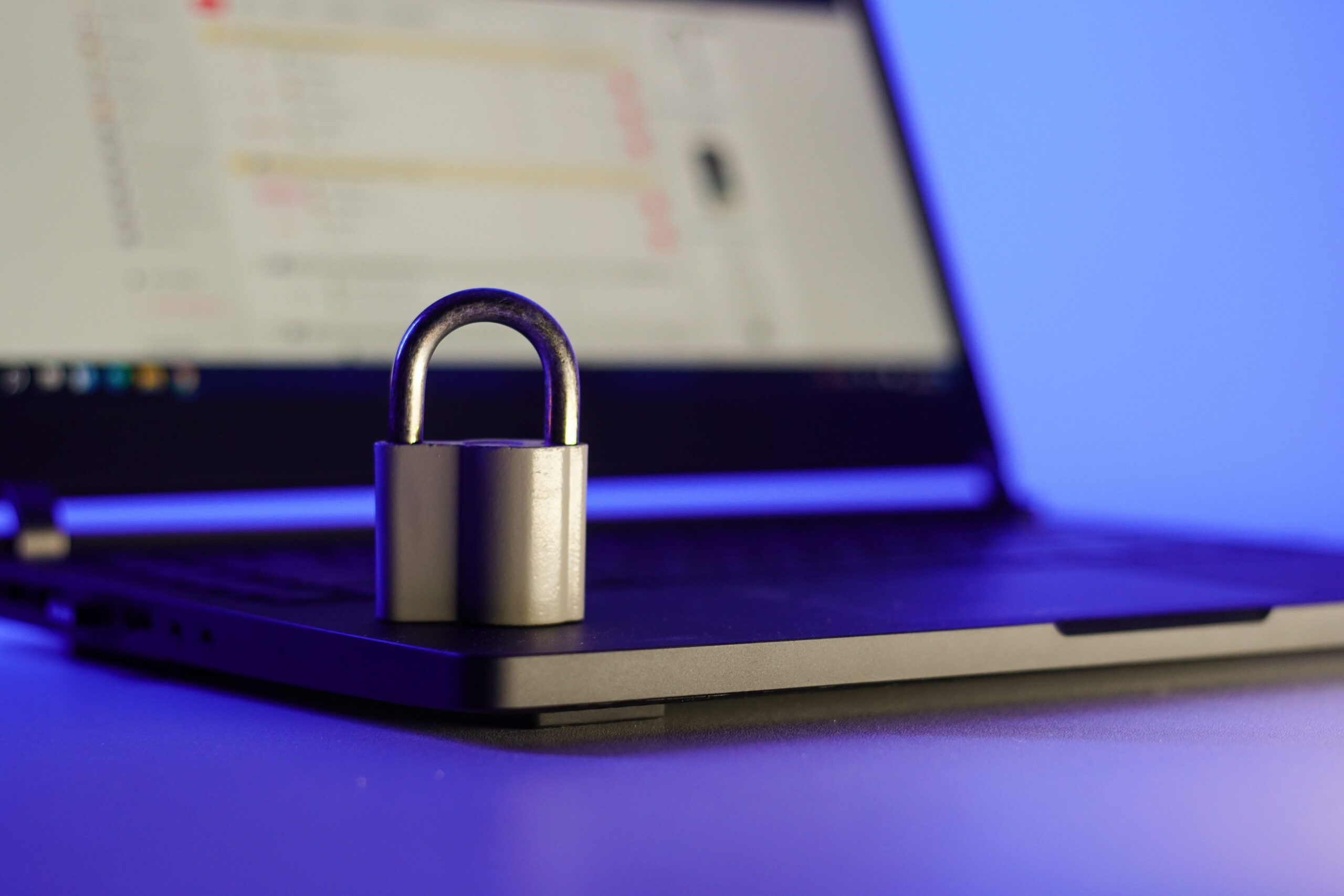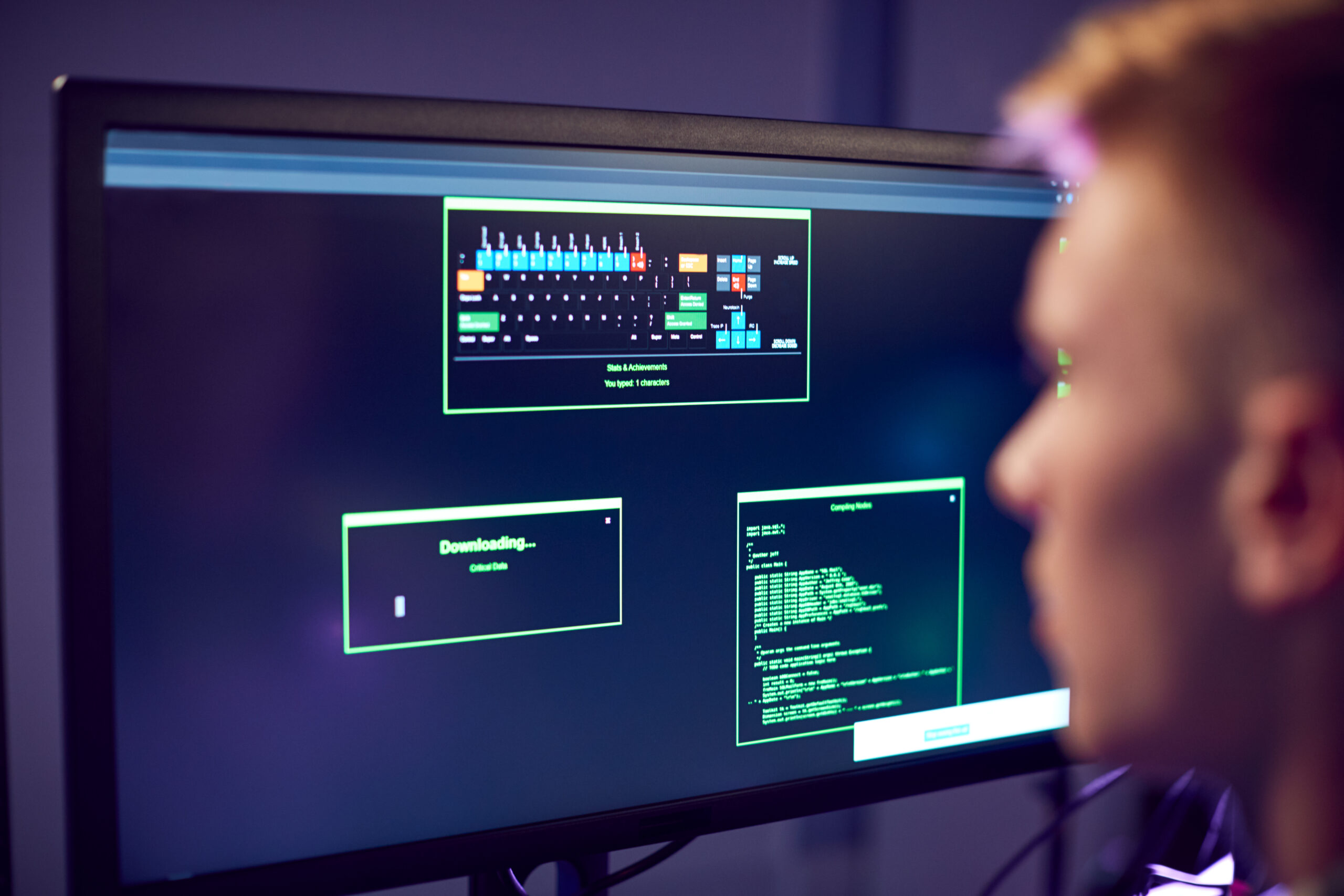How to Avoid the 8 Most Common Cybersecurity Training Mistakes CISOs Make
In the age of digital transformation, cybersecurity is a top priority for most organizations. With cyber attacks increasingly targeting businesses both large and small, it’s essential that companies have robust strategies in place to protect their data and systems from malicious actors. However, despite the importance of cybersecurity training and implementation, many CISOs make mistakes when it comes to protecting their networks from these threats. In this article, we’ll discuss the eight most common mistakes CISOs make in their cybersecurity training and provide tips on how to avoid them. By understanding where they may be going wrong with regards to cybersecurity practices, organizations can ensure that they are better prepared against potential threats in the future.
1. Not educating employees on the risks associated with cybersecurity
The first mistake that CISOs make when it comes to cybersecurity training is not educating employees on the risks associated with cybersecurity. Unfortunately, many businesses have inadequate security training for their personnel and this can leave the organisation vulnerable to attack. Cybersecurity experts recommend providing all staff members with basic cyber awareness and security knowledge, as well as introducing them to the organisation’s data protection policies and procedures. All employees should also understand how their actions could potentially put the company at risk, such as by using unsecured Wi-Fi networks or sharing passwords.
2. Insufficiently training staff on cyber threats and best practices
Insufficiently training staff on cyber threats and best practices is another common mistake CISOs make in their cybersecurity training. Cybersecurity is an ever-evolving field, with new threats emerging every day. To ensure that the organization is adequately protected against these threats, CISOs must make sure that their staff are regularly updated on the latest security trends and best practices. This can include seminars, workshops and online courses to help employees stay up-to-date with the latest tactics used by malicious actors.


3. Failing to regularly update security policies and procedures
Failing to regularly update security policies and procedures is another issue many CISOs face. It’s important that any changes made to the organization’s cybersecurity infrastructure are reflected in the company’s security policies and procedures. This ensures that all employees understand what is expected of them when it comes to protecting their data and systems from cyber threats. If changes aren’t implemented correctly, it can lead to confusion amongst staff and weaken the organisation’s security network. As such, CISOs should ensure that all policies and procedures are regularly reviewed to ensure they remain up-to date.
4. Neglecting to monitor employee activity
Neglecting to monitor employee activity is another mistake that many CISOs make. It’s essential to keep track of the activities taking place on business networks and systems as this can provide an early warning sign of potential malicious activity. Regular monitoring of emails, websites visited and files accessed should be conducted in order to identify any suspicious behavior or attempted breaches. Additionally, introducing a system of two-factor authentication can also help to reduce the risk of unauthorized access and ensure that only authorized personnel are able to access sensitive data.
5. Not investing in the latest cybersecurity tools and technologies
Not investing in the latest cybersecurity tools and technologies is another mistake CISOs make when it comes to cybersecurity training. It’s important that organizations invest in the latest tools and technologies to ensure they are adequately protected from cyber threats. This includes firewalls, anti-virus software, password managers and multi-factor authentication systems. These tools can help protect against a range of malicious activities such as phishing attacks, ransomware infections and data breaches.
6. Relying too heavily on automated processes and ignoring manual ones
Relying too heavily on automated processes and ignoring manual ones in cybersecurity can be a dangerous mistake. Automated processes are great for detecting threats and responding to them quickly, but they cannot replace the human element when it comes to more detailed analysis. For example, automation cannot detect subtle nuances that could signal the presence of a malicious actor or the presence of a sophisticated attack. As such, manual processes are still necessary in order to identify and mitigate potential threats.


7. Ignoring the potential for insider threats
Many security professionals and organizations overlook the dangers of insider threats to cybersecurity. Insider threats are when an individual with access to sensitive information, such as an employee or contractor, intentionally or unintentionally misuses their access privileges for malicious purposes. This can include stealing data, introducing malware into the system, or sabotaging operations by changing settings and configurations without authorization. Ignoring these risks can have dire consequences for organisations as they may not be aware of a breach until it is too late. It is essential that companies understand the importance of protecting against insider threats in order to safeguard their systems and data from potential harm.
8. Assuming all systems are secure without testing them
Finally, a common mistake that many CISOs make is assuming that all systems are secure without testing them. While it’s important to have the latest security policies and procedures in place, these measures need to be tested on a regular basis to ensure they are functioning correctly. This can include carrying out vulnerability scans and penetration tests which will identify any weaknesses within the system. By testing systems regularly, organizations can identify any potential security issues before they become a problem and take appropriate action to mitigate any risks.
It is essential for CISOs to be aware of the various mistakes that can lead to cyber security weaknesses. From relying too heavily on automated processes and ignoring manual ones, to not investing in the latest cybersecurity tools and technologies or failing to monitor employee activity – all these are potential pitfalls that must be avoided if an organization wants its systems and data remain secure. Additionally, it’s important not ignore insider threats as well as assume everything is secure without testing them regularly with vulnerability scans and penetration tests. By being vigilant about the above-mentioned points, organizations can ensure their networks are safe from malicious actors and protect themselves against any possible breaches.

Contact Us Today, Defend Better Tomorrow.
Aries Security wants to help you prepare for tomorrow’s cyber threats. Our experienced and knowledgeable staff is here to guide you through the process of setting up your event, building your content or installing your range. Contact us today.
